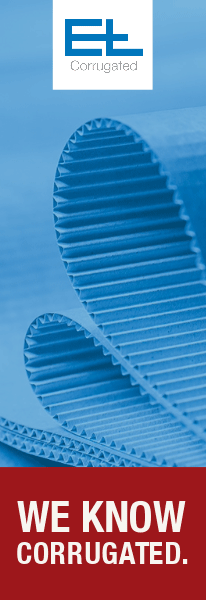New UK recycling guidelines that will help retailers and brands specify and design packaging that can be reprocessed effectively in paper mills have been launched by the Confederation of Paper Industries (CPI) in conjunction with WRAP. These guidelines have been developed after broad consultation with the packaging supply chain and are intended to give clarity for retailers and specifiers about what the UK Paper Industry considers readily recyclable. They should lead to the optimisation of both the quality and quantity of materials being recycled at paper mills and crucially help create impetus for future technological development in paper packaging materials.
The guidelines will also be considered by the On Pack Labelling Scheme (OPRL) when they amend their labels later this year. Their members typically have a two year transition period, allowing sufficient time for technical developments to be implemented in order to be classed as Widely Recycled under the scheme.
Paper recycling in the UK is a success story with around 80% of paper and board packaging recovered for recycling notes Simon Weston, Director of Raw Materials at CPI.
He adds, “Paper is widely acknowledged to be a sustainable, renewable and readily recyclable material. However, as society develops, new uses are found which may require the addition of other materials, perhaps to extend product life and this can sometimes make recycling a challenge.”
Weston continued, “Our new Recyclability Guidelines will make it easier for designers and specifiers to identify materials that provide properties such as water resistance and can be processed by UK paper mills while minimising waste. We hope they will provide confidence and direction to the supply chain and benefit the stock of fibre-based packaging being recovered for recycling.”
Helen Bird, Strategic Engagement Manager at WRAP, said, “Improving the quality of paper and card that goes into our paper mills is good news for the environment and for the industry. These guidelines have been developed as a result of industry coming together to identify and address the challenges. Most brands and retailers want to do the right thing and this guidance will assist them to do that. We always have to remember that recycling is about manufacture, ensuring that fibre-based packaging can be easily recycled is really important, particularly for a material that householders are so accustomed to recycling.”
The guidance covers plastics, coatings, varnishes, adhesives, alternative barriers, gift wrap, biodegradable paper packaging, other fibrous materials, fillers and binders, promotional magazines and graphical papers and contaminants, including food.
The Confederation of Paper Industries (CPI) will maintain a standing sub-committee to undertake periodic review of these guidelines on a minimum of a quarterly basis for the first year and then on an annual basis.




